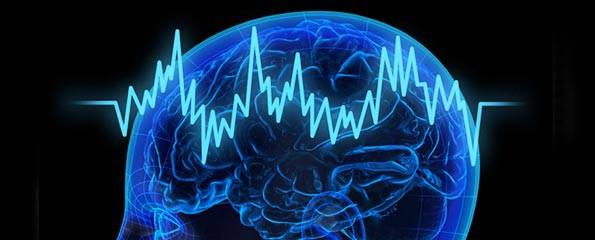The brain is able to anticipate painful movements following injury
When people are injured, how does the brain adapt the body’s movements to help avoid pain? New research published in The Journal of Physiology investigates this question.
After an injury, our body will rapidly associate pain to a particular movement and modify which muscles we use accordingly. This new research shows that the message from motor brain areas toward a muscle is reduced if this muscle is responsible for producing a painful movement and increased if it the muscle counteracts that movement.
They also observed that if the brain knows the movement will cause pain then the reaction time to perform the movement is longer, but the movements are performed quicker, suggesting a strategy of ‘getting it over and done with’.
This shows that the brain is able to anticipate that particular movements will cause pain, allowing us to adapt and move differently. This research is focused on how the body responds to the anticipation of an experimental acute pain (i.e. a transient pain lasting a fraction of a second during the execution of a movement) but it may be possible to use these findings to help prevent ing musculoskeletal pain disorders.
When people are injured they can quickly learn to associate pain to a given movement and change the way the body moves to avoid or minimize pain. Understanding how this occurs in the brain is crucial for identifying the mechanisms that lead to the long-term maintenance of pain.
The research conducted by Laval University, Quebec, in conjunction with the Center for Interdisciplinary Research in Rehabilitation and Social Integration, Quebec, involved measuring the link between motor brain areas and the biceps as they prepared to move. The investigation was carried out on thirty healthy participants, in which half received painful stimulations during flexion movements and the other half during extension movements.
Importantly, as the experimental pain was induced with laser simulations, the results cannot be directly transferred to a population of patients suffering from clinical pain.
Catherine Mercier, corresponding author of the study, said:
‘This discovery is important because it confirms the establishment of protective strategies during the anticipation of acute pain. It marks an important advance to further our understanding of the mechanisms involved in the transition from acute to chronic pain. Indeed, a recent theory on the effect of pain on motor control states that while protective strategies may be initially relevant and lead to short-term pain alleviation, they may potentially have detrimental long-term consequences and lead to chronic pain.’
(Source: Physiological Society, The Journal of Physiology)
Dates
Tags
Created by:

 Login
Login














